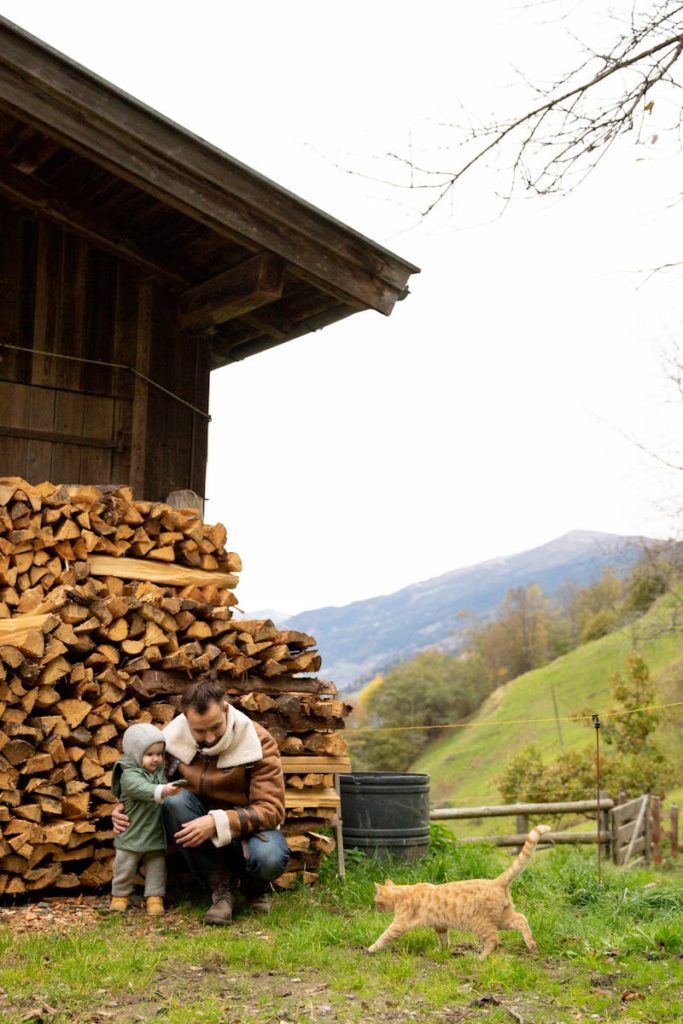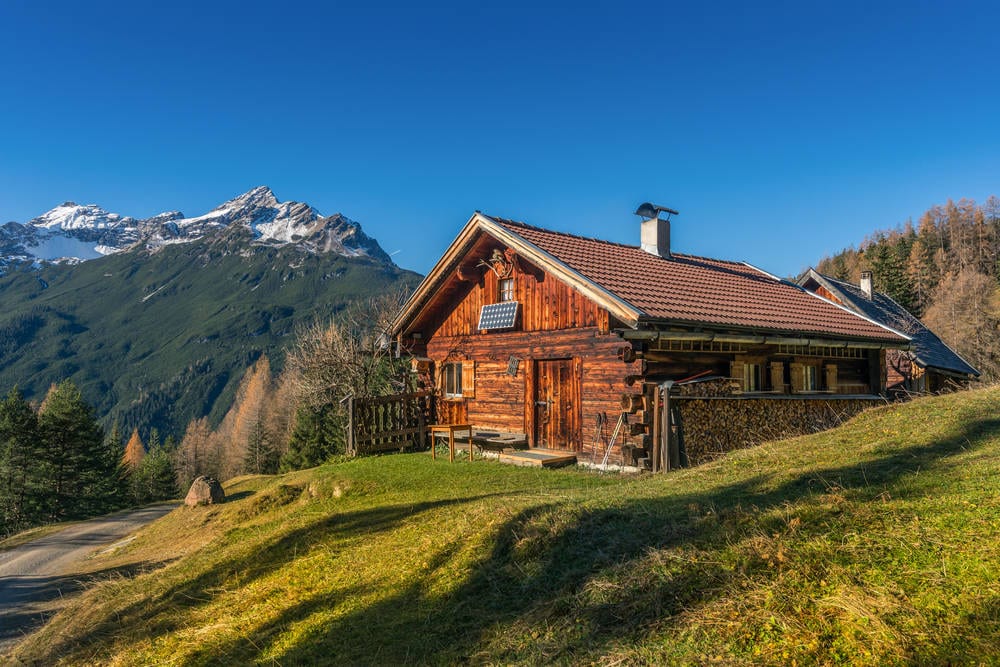Creating an energy-self-sufficient log cabin is an exciting venture. Not only does it offer a retreat from the hustle and bustle, but it also promotes sustainable living. Here’s how you can build your own off-grid, eco-friendly log cabin.
How to Choose the Ideal Location?
Selecting the right location is crucial. You want an area with ample sunlight for solar power and possibly a nearby water source for hydroelectric energy. The cabin’s orientation should maximize sunlight exposure, particularly on the south side, to optimize solar gain. Consider the local climate and natural features to ensure the site supports sustainable log cabin construction.
What Are the Best Materials for Construction?
Using sustainable materials is key. Local, durable logs are ideal for the main structure. Proper insulation is critical to reduce energy consumption. Consider using eco-friendly insulation materials like sheep wool, cellulose, or recycled denim. These not only provide excellent insulation but also minimize environmental impact. Sustainable log cabin construction involves techniques that respect and preserve the natural surroundings. Some professionals offer great prefab wooden log cabins that can be personalized.
How to Harness Renewable Energy?
For an energy-self-sufficient log cabin, renewable energy sources are essential:
● Solar Power: Installing solar panels on the roof or nearby is a great start. Solar power is a reliable and renewable source of energy. Pairing panels with batteries ensures you have energy stored for use during cloudy days or at night.
● Wind Power: If your location has consistent wind, a small wind turbine can supplement your energy needs. Wind power adds another layer of sustainability to your log cabin.
● Hydroelectric Power: If there’s a stream or river nearby, you can generate hydroelectric power. This method is highly efficient and can provide a steady supply of energy.
● Biomass: For heating, consider a biomass stove. Using wood from the surrounding area as fuel is both practical and sustainable. It keeps the cabin warm during colder months without relying on external energy sources.

How to Manage Water and Waste?
Efficient water management is vital. Install a rainwater harvesting system to collect and store rainwater. This can be used for various needs, including irrigation and potable water if filtered properly. For waste management, consider an eco-friendly septic system or composting toilets. These systems reduce environmental impact and support a sustainable lifestyle.
How to Optimize Energy Efficiency?
● Energy-Efficient Appliances: Choose appliances with high energy ratings. They consume less power and help maintain an energy-self-sufficient log cabin.
● LED Lighting: Use LED lights as they are more energy-efficient and last longer than traditional bulbs.
● Smart Energy Management: Implementing a smart energy management system can help monitor and optimize energy use. These systems provide insights into consumption patterns, helping you make informed decisions to conserve energy.
How to Maintain and Improve Your Log Cabin?
Regular maintenance is crucial to keep your log cabin energy-efficient. Monitor your energy consumption and look for ways to improve. Staying updated with new technologies can also enhance your cabin’s sustainability. Consider periodic upgrades to your solar panels, batteries, or insulation to maintain peak efficiency. You can also create a sustainable garden next to your log cabin so you can harvest your own fruits and/or vegetables, and even grow flowers so you create a garden full of colours and fragrances. Then, you can create a welcoming hanging basket with flowers inside next to your door!
In conclusion, creating an energy-self-sufficient log cabin is a rewarding project that blends comfort with sustainability. By carefully choosing the location, using sustainable materials, harnessing renewable energy, and managing resources efficiently, you can enjoy an off-grid lifestyle. Embrace the challenge and build a log cabin that stands as a testament to eco-friendly living

